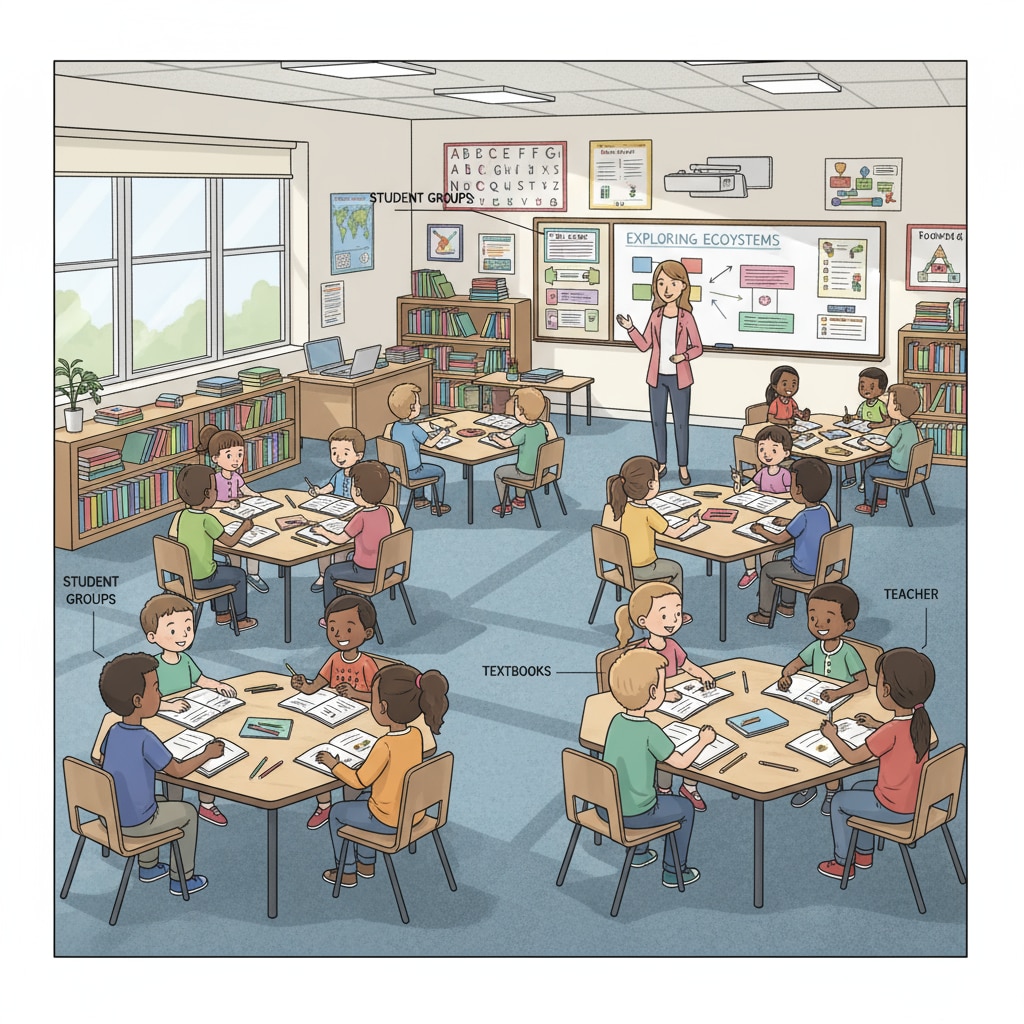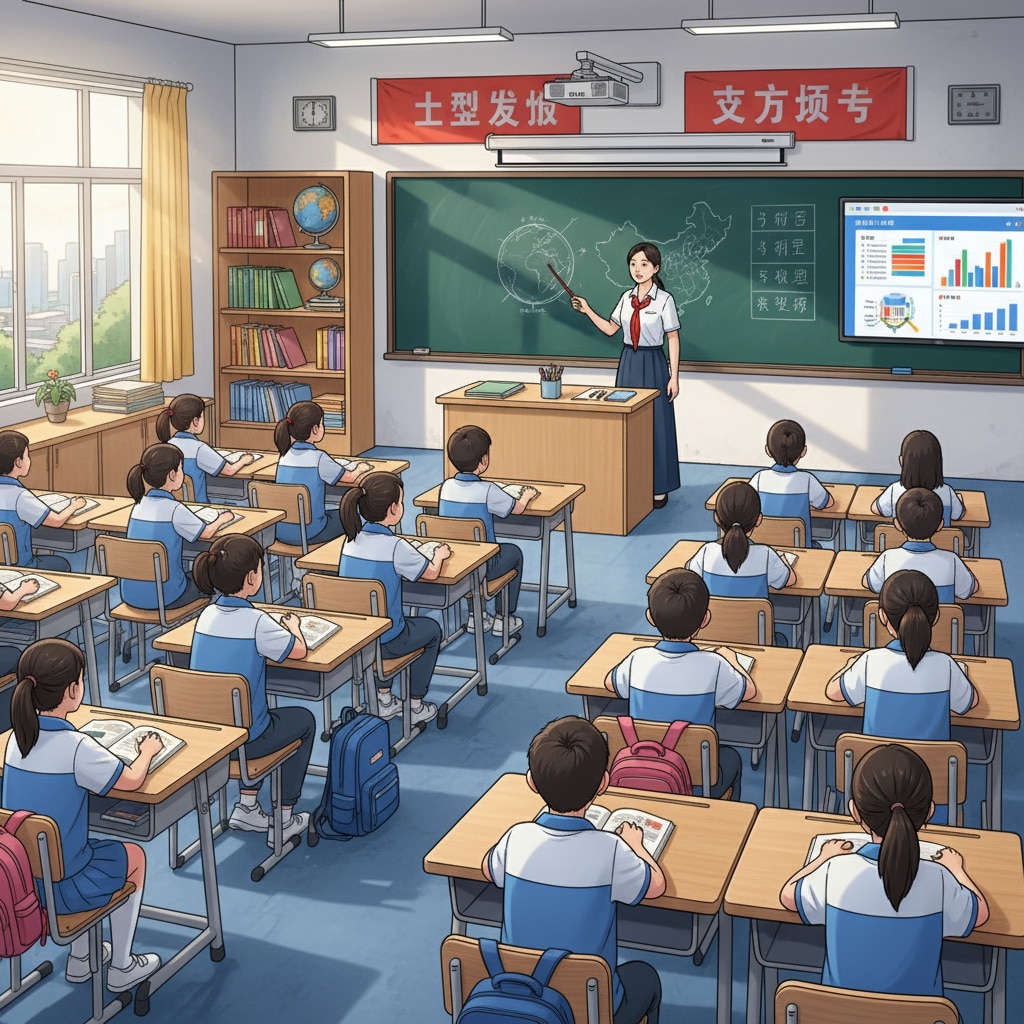The education systems of the United States and China, namely American education and Chinese education, have long intrigued educators and researchers worldwide. The K12 education in these two countries presents distinct characteristics. Let’s take a closer look at their differences and unique features.

Educational Concepts: Nurturing Different Mindsets
American K12 education places a strong emphasis on individualism. It encourages students to explore their interests freely, develop independent thinking, and express their unique opinions. Teachers often act as facilitators, guiding students to discover knowledge on their own. For example, in a science class, students might be given a project to design and conduct their own experiments. According to Wikipedia’s page on Education in the United States, this approach aims to cultivate students’ creativity and problem-solving abilities.
In contrast, Chinese K12 education focuses more on collectivism and a solid academic foundation. The curriculum is carefully structured to ensure students master essential knowledge in various subjects such as mathematics, language arts, and science. Teachers play a central role in imparting knowledge, and students are expected to follow the teachings and learn through memorization and practice. This helps students build a strong knowledge base from an early age.

Teaching Methods: Diverse Approaches to Learning
The teaching methods in American K12 schools are often interactive and student-centered. Group discussions, project-based learning, and hands-on activities are common. This allows students to learn from each other, develop communication skills, and gain practical experience. For instance, in a history class, students may be divided into groups to research and present on a historical event.
Chinese K12 education, on the other hand, typically features more teacher-led instruction. Lectures, demonstrations, and exercises are the main teaching methods. While this may seem more traditional, it enables students to quickly absorb knowledge and develop good study habits. Teachers also pay close attention to students’ progress and provide timely guidance. As stated on Britannica’s page about the education system in China, this approach has contributed to the high academic achievements of Chinese students in many subjects.
Both teaching methods have their own advantages and are tailored to the educational goals of each country. American methods stimulate students’ creativity and social skills, while Chinese methods ensure a solid academic foundation.
Evaluation Systems: Measuring Success Differently
The American K12 evaluation system is comprehensive, taking into account various aspects of students’ performance. Grades are not solely based on test scores but also include students’ class participation, project work, and homework completion. Standardized tests are used, but they are just one part of the evaluation. This holistic approach encourages students to develop in multiple dimensions.
Chinese K12 education mainly relies on standardized tests, such as the Gaokao for high school students. These tests play a crucial role in determining students’ further education opportunities. Although there is an increasing emphasis on comprehensive evaluation in recent years, test scores still hold significant weight. This evaluation system motivates students to strive for high academic achievements.
In conclusion, the education systems of the US and China, American education and Chinese education, have their own characteristics in educational concepts, teaching methods, and evaluation systems. Understanding these differences can provide valuable insights for educators and policymakers in both countries, and also offer inspiration for global education reform. We should learn from each other’s strengths to better prepare students for the challenges of the 21st century. Readability guidance: This article uses short paragraphs and lists to summarize key points. Each H2 section provides a clear perspective. The proportion of passive voice and long sentences is controlled, and transition words are added throughout the text to enhance readability.


